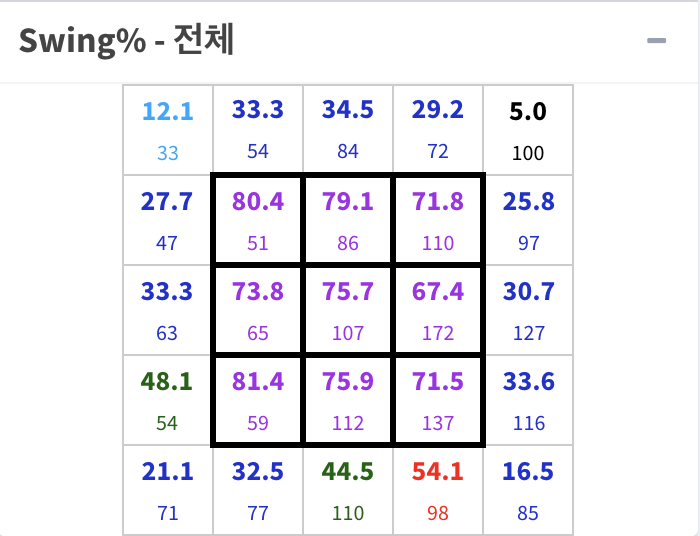With Conditions Improving, Baseball Hall Calls for September 8 Induction Ceremony
Back in February, the Baseball Hall of Fame announced that after postponing last year’s Induction Weekend festivities due to the coronavirus pandemic, it would host an Induction Ceremony this year, albeit with a catch. The July 25 festivities to honor 2020 electees Derek Jeter, Marvin Miller, Ted Simmons, and Larry Walker wouldn’t be open to the public, due to “the continuing uncertainties created by COVID-19,” and likewise for its Awards Presentation, with most other festivities associated with the Hall’s signature weekend cancelled entirely. With significant progress made in combatting the pandemic — falling infection rates, more than half of U.S. adults fully vaccinated, and many restrictions for large outdoor gatherings lifted — on Wednesday the Hall changed course, announcing that it will hold an outdoor ceremony at 1:30 pm ET on September 8, as a ticketed event with limited crowds.
The Induction Ceremony will be held on the lawn of the Clark Sports Center, the site of all inductions since 1992, but while lawn seating will be free, tickets will be required. The reconfigured ceremony is designed to comply with heath and safety guidelines set out by the state of New York and the Centers for Disease Control. It’s all but guaranteed to curb attendance well below the pre-pandemic expectations for a crowd of at least 50,000 (a level surpassed five times from 2014-19) that perhaps would exceed even the 55,000 who showed up to see Mariano Rivera and his classmates inducted in 2019. That was the second-largest induction day crowd ever, after the 82,000 who attended in 2007, when Tony Gwynn and Cal Ripken Jr. were inducted. Holding the ceremony on a Wednesday, and decoupling it from the Awards Presentation usually held the day before inductions, will further reduce the crowd.
An undisclosed number of tickets will be available via the Hall’s web site beginning at 11 am ET on Monday, July 12, with seating areas designated for vaccinated and unvaccinated ticket holders. The Hall has not offered specifics regarding the latter group, but according to current New York State health guidelines, for outdoor gatherings of more than 500 without social distancing, proof of vaccination status will be required. Unvaccinated individuals do not have to present proof of recent negative COVID-19 test results but masks are required and can only be removed “while maintaining social distancing of six feet and, if in an event or gathering setting, seated.” That’s still a less restrictive set of requirements than is currently in effect at Yankee Stadium, for example, where all fans must pass a temperature check, and those three years and older who aren’t fully vaccinated must wear face masks except while actively eating or drinking at their ticketed seats.
[Update: On June 21, 11 days after this article was published, the Hall announced that in the wake of Governor Andrew Cuomo’s lifting of significant COVID-19 restrictions, tickets would no longer be required.]

